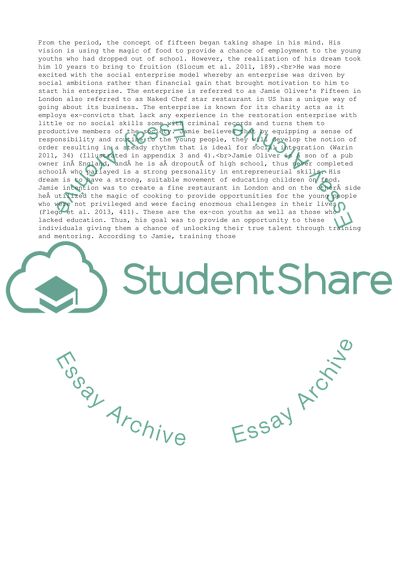Cite this document
(“Social entrepreneurship Essay Example | Topics and Well Written Essays - 1500 words”, n.d.)
Retrieved from https://studentshare.org/management/1675337-social-entrepreneurship
Retrieved from https://studentshare.org/management/1675337-social-entrepreneurship
(Social Entrepreneurship Essay Example | Topics and Well Written Essays - 1500 Words)
https://studentshare.org/management/1675337-social-entrepreneurship.
https://studentshare.org/management/1675337-social-entrepreneurship.
“Social Entrepreneurship Essay Example | Topics and Well Written Essays - 1500 Words”, n.d. https://studentshare.org/management/1675337-social-entrepreneurship.


